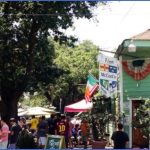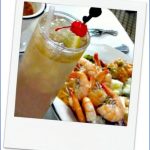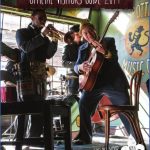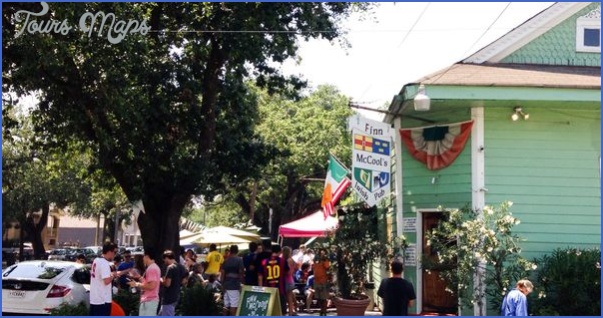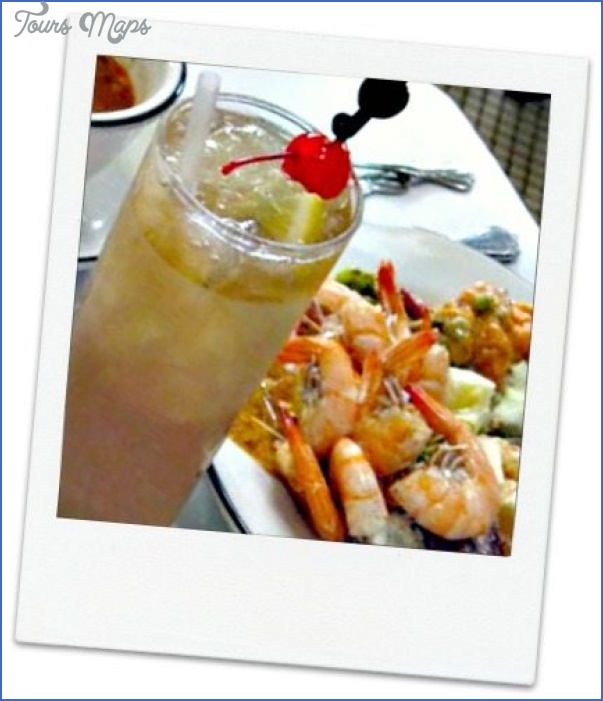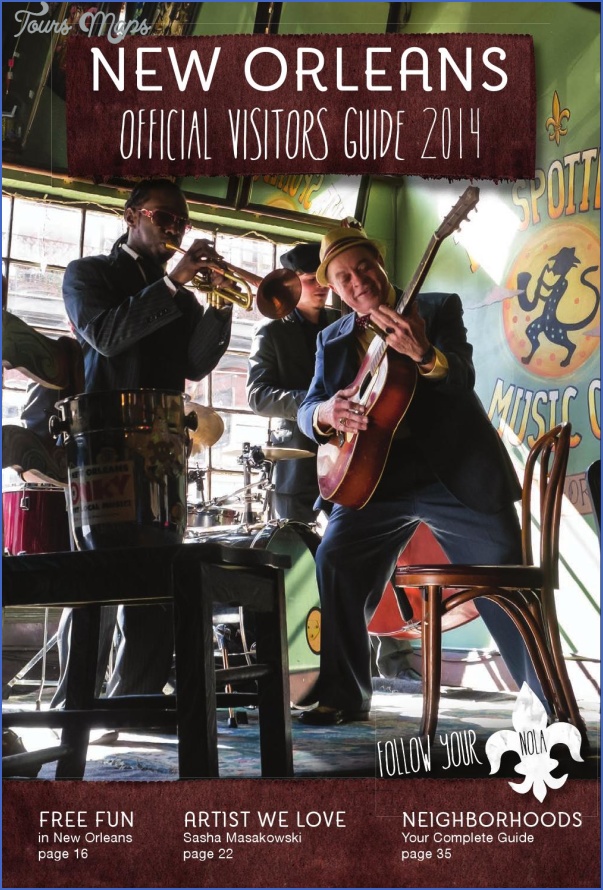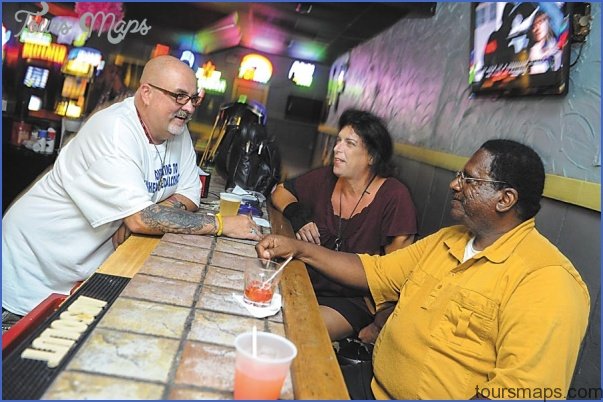W.I.N.O. stocks more than 120 bottles of wine, each kept on tap in a special (magical?) machine, so it never spoils. The machines and bottles dominate the space, and as a fan of decorating with alcohol (see Capdeville), I am charmed. The bar is self-serve like fro-yo, but better. In exchange for your driver’s license or other I.D., you receive a “tasting card” which you insert into the machine to activate its wine dispenser. You choose a one, two or four-ounce pour, and prices for each are listed above the dispensing button. One of my favorite aspects of this whole oenophilic experience is that it’s not cheaper by the ounce to serve a larger pour. You aren’t penalized for only having a taste. A card with a description of the wine, along with a pithy phrase summarizing its character, is perched above each bottle. A big Amarone, for example, is called “My Cousin Vinny.”
The space at W.I.N.O. is lovely old brick and was once clearly part of a larger warehouse. Make sure to visit the back room, which houses tables for larger parties as well as sweeter white wines. There’s nowhere else quite like W.I.N.O in New Orleans and I tip my hat to owner Bryan Burkey, who brought this concept to the city. At W.I.N.O. I never have to worry about pestering a server for “just a taste,” and I never have to worry about drinking a glass of something that is just OK. Theoretically I could try a one-ounce pour of every single wine in this bar. I probably shouldn’t, but I could.
Garden District
After the signing of the Louisiana Purchase, Americans flocked to New Orleans in droves seeking land and opportunity. The local French-speaking Catholics did not welcome these English-speaking Protestants, so instead of settling in the already developed French Quarter, they moved across Canal Street and created a newer, American section of town. There was a lot of political bickering between the French Creoles and the Americans, so from 1836 to 1853, the city was actually split into three municipalities, each with its own separate government but beholden to one mayor and a City Council composed of representatives from each of the three sections. The French Quarter was one municipality, the Marigny and Bywater occupied another, and much of what is now the rest of New Orleans occupied a third, named Sainte Marie/Saint Mary.
Saint Mary Street lies in the Lower Garden District, and it is here you begin to see a significant difference in architecture from the houses on the other side of Canal Street. The Garden District was a home away from home for many of the sugar planters whose plantations lined the Mississippi River. They would come to New Orleans to conduct business, and once a year they would bring their families to participate in society balls held during the Carnival season. Many of their homes still stand and are best viewed while sipping something delicious while riding the St. Charles Streetcar. THE AVENUE PUB 1732 St. Charles Ave. • (504) 586-9243 theavenuepub.com HOURS 24 hours 7 days a week HAPPY HOUR 4 p.m.-6 p.m Mon-Fri
Good times at the Swizzle Stick Bar W.I.N.O.WINE INSTITUTE OF NEW ORLEANS NEW ORLEANS Photo Gallery
Maybe You Like Them Too
- Explore Doncaster, United Kingdom with this detailed map
- Explore Arroyito, Argentina with this Detailed Map
- Explore Belin, Romania with this detailed map
- Explore Almudévar, Spain with this detailed map
- Explore Aguarón, Spain with this detailed map

